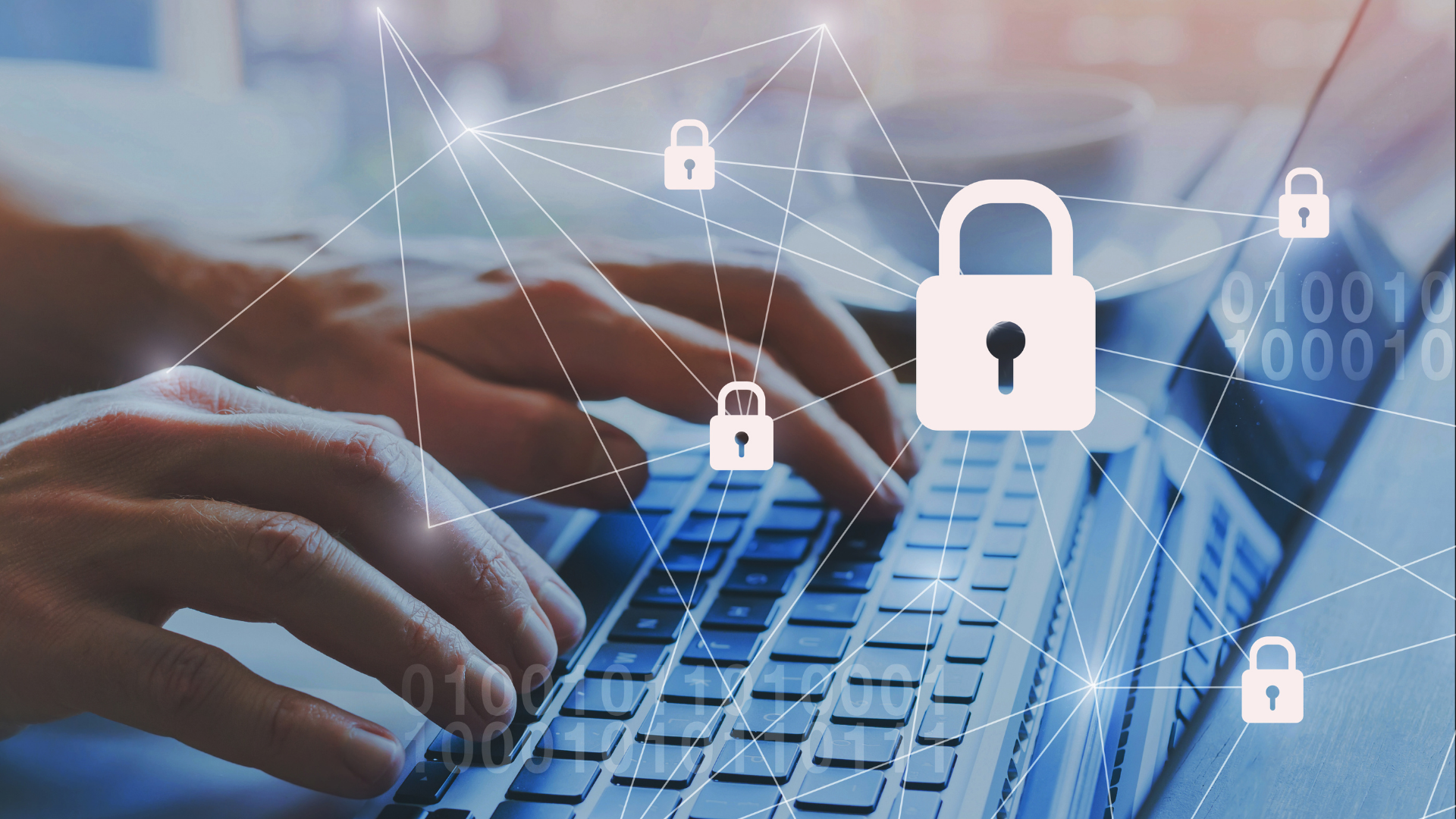Nokia Threat Intelligence Report Warns of Rising Cyberattacks on Internet-Connected Devices
Nov 03, 2020 • News • 5G • Nokia • Cyber Security • Digital Transformation • GLOBAL
Cyberattacks on internet-connected devices continue to rise at an alarming rate due to poor security protections and cybercriminals use of automated tools to exploit these vulnerabilities, according to the latest Nokia Threat Intelligence Report.
The report found that Internet-connected, or IoT, devices now make up roughly 33% of infected devices, up from about 16% in 2019. The report’s findings are based on data aggregated from monitoring network traffic on more than 150 million devices globally where Nokia's NetGuard Endpoint Security product is deployed.
Adoption of IoT devices, from smart home security monitoring systems to drones and medical devices, is expected to continue growing as consumers and enterprises move to take advantage of the high bandwidth, ultra-low latency, and fundamentally new networking capabilities that 5G mobile networks enable, according to the report.
The rate of success in infecting IoT devices depends on the visibility of the devices to the internet, according to the report. In networks where devices are routinely assigned public facing internet IP addresses, a high infection rate is seen. In networks where carrier-grade Network Address Translation is used, the infection rate is considerably reduced because the vulnerable devices are not visible to network scanning.
THE REPORT HIGHLIGHTS COVID-19-THEMED CYBERCRIMINAL CAMPAIGNS AIMED AT EXPLOITING USER DATA
The Threat Intelligence Report also reveals there is no let up in cybercriminals using the COVID-19 pandemic to try to steal personal data through a variety of types of malware. One in particular is disguised as a “Coronavirus Map” application – mimicking the legitimate and authoritative Coronavirus Map issued by Johns Hopkins University – to take advantage of the public’s demand for accurate information about COVID-19 infections, deaths and transmissions.
But the bogus application is used to plant malware on victims’ computers to exploit personal data. “Cybercriminals are playing on people’s fears and are seeing this situation as an opportunity to promote their agendas,” the report says. The report urges the public to install applications only from trusted app stores, like Google and Apple.
Bhaskar Gorti, Nokia Software President and Chief Digital Officer, said: “The sweeping changes that are taking place in the 5G ecosystem, with even more 5G networks being deployed around the world as we move to 2021, open ample opportunities for malicious actors to take advantage of vulnerabilities in IoT devices. This report reinforces not only the critical need for consumers and enterprises to step up their own cyber protection practices, but for IoT device producers to do the same.”
Commenting on this, Boris Cipot, senior security engineer at Synopsys, said "The Nokia Threat Report is a welcome confirmation for security professionals that mobile platforms are not something that can be disregarded as a risk. If we think about it, today we have more processing power and memory in our smartphones than we did just a few years ago on our laptops and desktops. Most individuals now jump on their phones or tablet to browse the internet or read their emails. Use cases have shifted from traditional desktop/laptop to mobile device and as such, it is normal that cyberthreats have followed this trend. Nevertheless, that is not to say that individuals should disregard standard PC threats. While mobile threats are rising, this does not imply that PC threats are decreasing. On the contrary, these threats are growing in number too.
"In fact, we are now entering a new era of technology; that is the 5G era, which brings along with it another set of threats. New threats are to be expected with new technology. One has to be prepared for them and to take appropriate action to build resilience. The world of IoT is evidence that we are still a long way from achieving this. Breached baby monitors, video cameras, cryptocurrency mining… all of these are recent incidents we have faced and continue to face. Whether it is the Android platform or the RTOS of an IoT device that is under attack, the root of the matter typically comes down to vulnerabilities in the software. Therefore, secure development and the Security by Design principle needs to be at the foundation of every software development process. The use of tools such as SAST, SCA or IAST are mandatory to keep the whole ecosystem safe. The reason being that even the smallest security hole delivered by the smallest application in a mobile phone or PC could be responsible for a whole device becoming exploitable.“
Further Reading:
- Read the Nokia Threat Intelligence Report @ www.nokia.com/threat-intelligence-report
- Read more about Digital Transformation @ www.fieldservicenews.com/digital-transformation
- Watch Nokia's video 'Vulnerability of IoT Devices' @ youtu.be/ume8OldqvUY
- Watch Nokia's video '5G Can Help Secure Devices' @ youtu.be/XghAvFgTv2k
- Follow Nokia on Twitter @ twitter.com/nokia




















 Field Service News is published by 1927 Media Ltd, an independent publisher whose sole focus is on the field service sector. As such our entire resources are focused on helping drive the field service sector forwards and aiming to best serve our industry through honest, incisive and innovative media coverage of the global field service sector.
Field Service News is published by 1927 Media Ltd, an independent publisher whose sole focus is on the field service sector. As such our entire resources are focused on helping drive the field service sector forwards and aiming to best serve our industry through honest, incisive and innovative media coverage of the global field service sector.
Leave a Reply